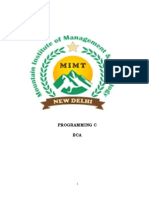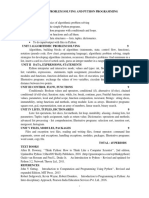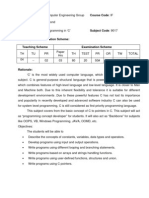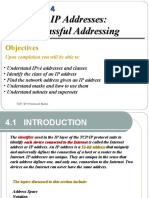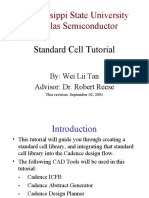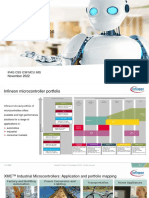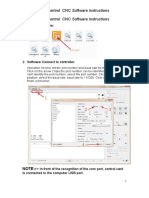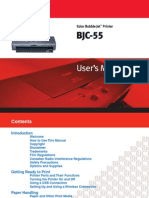0% found this document useful (0 votes)
9 views35 pagesIntroductiontoalgoritms Unit 1
The document outlines a course on Problem Solving and Programming in C, detailing objectives and learning outcomes focused on algorithm formulation and C programming constructs. It covers topics such as decision control, looping statements, functions, arrays, pointers, and file handling, along with practical applications and examples. Additionally, it includes an introduction to algorithms, flowcharts, and the differences between algorithms and programs.
Uploaded by
shreeshaalinisenthilmuruganCopyright
© © All Rights Reserved
We take content rights seriously. If you suspect this is your content, claim it here.
Available Formats
Download as PDF, TXT or read online on Scribd
0% found this document useful (0 votes)
9 views35 pagesIntroductiontoalgoritms Unit 1
The document outlines a course on Problem Solving and Programming in C, detailing objectives and learning outcomes focused on algorithm formulation and C programming constructs. It covers topics such as decision control, looping statements, functions, arrays, pointers, and file handling, along with practical applications and examples. Additionally, it includes an introduction to algorithms, flowcharts, and the differences between algorithms and programs.
Uploaded by
shreeshaalinisenthilmuruganCopyright
© © All Rights Reserved
We take content rights seriously. If you suspect this is your content, claim it here.
Available Formats
Download as PDF, TXT or read online on Scribd
/ 35







